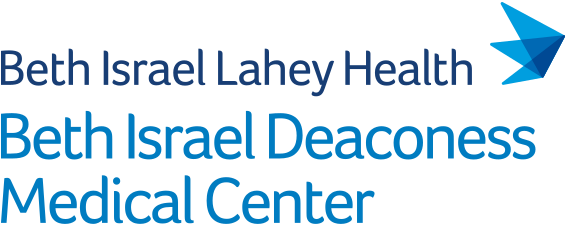OBJECTIVE: To examine the prospective associations of metal mixtures during pregnancy with midlife adiposity and explore metal-folate interactions.
METHODS: In 500 participants from Project Viva, we measured six non-essential metals (arsenic, barium, cadmium, cesium, mercury, and lead) and five essential metals (copper, magnesium, manganese, selenium, and zinc) in red blood cells and folate in plasma collected during early pregnancy (mean gestational age: 10.0 weeks; mean age: 32.9 years). We assessed midlife (mean age: 51.2 years) adiposity using BMI and dual-energy X-ray absorptiometry (DXA) measures. We used multivariable-adjusted linear and multinomial logistic regression models to analyze individual exposures and Bayesian kernel machine regression to examine exposure mixtures.
RESULTS: Higher arsenic, cesium, and mercury levels were associated with lower midlife DXA percentage fat, total fat mass index, and/or trunk fat mass index, even after adjustments for diet in pregnancy. We observed an antagonistic interaction between folate and arsenic: arsenic was associated with higher obesity risk at lower folate levels but lower obesity risk at higher folate levels. The essential metal mixture tended to be associated with lower midlife BMI and obesity risk.
CONCLUSIONS: Higher pregnancy levels of arsenic, cesium, mercury, and the mixture of essential metals were associated with lower midlife adiposity.
